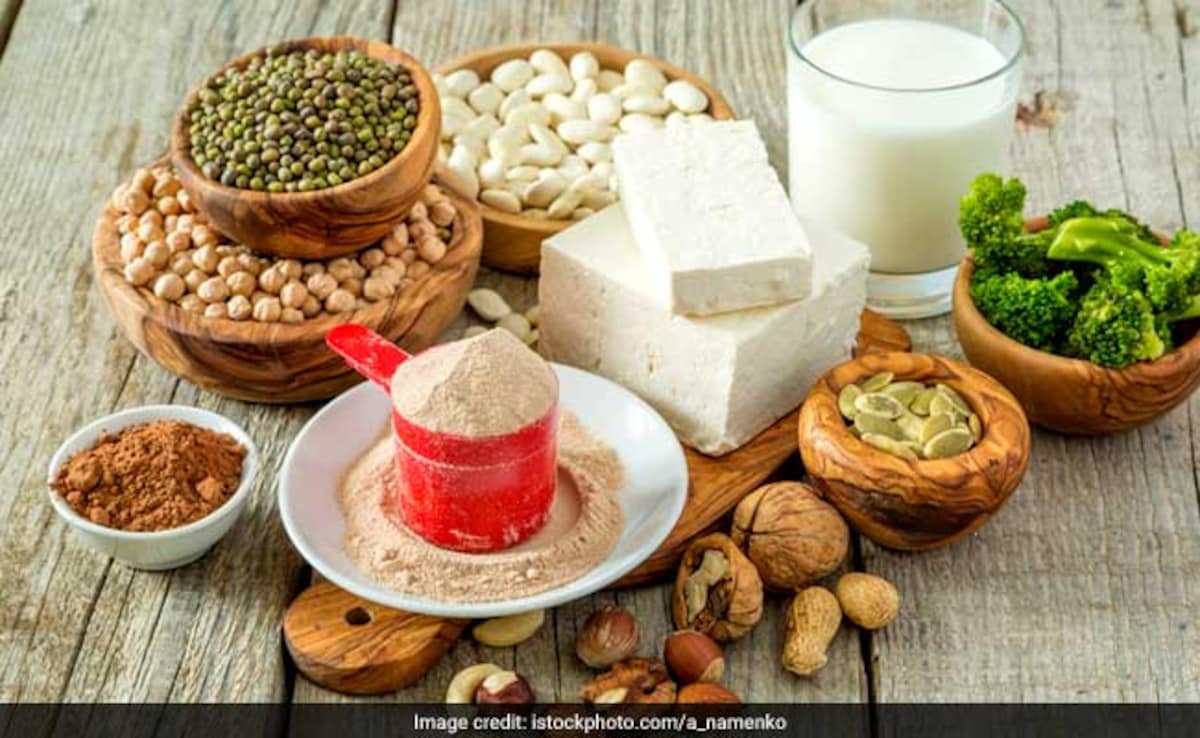If your goals are to feel full after eating, support muscular building, help your body have strong bones, and boost your immune system, protein needs to be on your plate. While we need carbohydrates and healthy fats for our general health and wellness, eating enough protein should be a top priority because it plays so many important roles in the human body. Celebrity nutritionist Nmami Agarwal shares a simple trick to elevate protein nutrients in your meal. In an Instagram post, Nmami shares how mutual supplementation can help in your protein intake. She says, “This is for all you vegans and vegetarians out there. Journal of Nutrition says if you want a complete protein profile then you will have to invest in mutual supplementation, which means combining grains like rice with pulses like dal, rajma, chola. This will give you a complete protein profile. Read the caption to know more about mutual supplementation and comment mutual supplementation. I will tell you more such food combinations that you can add to your diet to get a complete protein profile.”
View this post on Instagram
A post shared by Nmami (@nmamiagarwal)
What is mutual supplementation?
Nmami Agarwal explains the meaning of mutual supplementation in the caption of the post. She shares, “Imagine you're building a puzzle. Each piece is a different shape, but when you put them together, they form a complete picture. In the same way, mutual supplementation is about combining different plant-based foods to create a complete protein profile.”
How does it work?
The nutritionist says that proteins are made up of smaller units called amino acids and our bodies need all of them to function properly. There are 20 different amino acids overall. Some plant-based foods have some amino acids but they might be missing others. To complete the requirement of each amino acid you can combine different foods to get the complete set of amino acids.
Here are some examples:
1. Legumes
“Lentils, chickpeas, beans, and peas are rich in protein. They are especially high in lysine, an essential amino acid that is often lacking in grains,” says Nmami Agarwal.
2. Nuts and seeds
High-protein nuts and seeds include pumpkin seeds, sunflower seeds, peanuts, flax seeds, sesame seeds, hemp seeds, almonds, pistachios, chia seeds, cashews, and more. They also provide healthy fats and other nutrients.
3. Grains
Grains such as rice, wheat, and corn are considered good sources of protein. They are high in methionine and cysteine and also contain two amino acids that are often low in legumes.
4. Soy products
Soy products can be a significant source of protein, vitamins, and minerals for those on a plant-based diet or who avoid dairy. They contain all the essential amino acids, making them a complete protein source.
Add these foods to your diet today to increase your protein intake.
Disclaimer: This content including advice provides generic information only. It is in no way a substitute for a qualified medical opinion. Always consult a specialist or your own doctor for more information. NDTV does not claim responsibility for this information.

